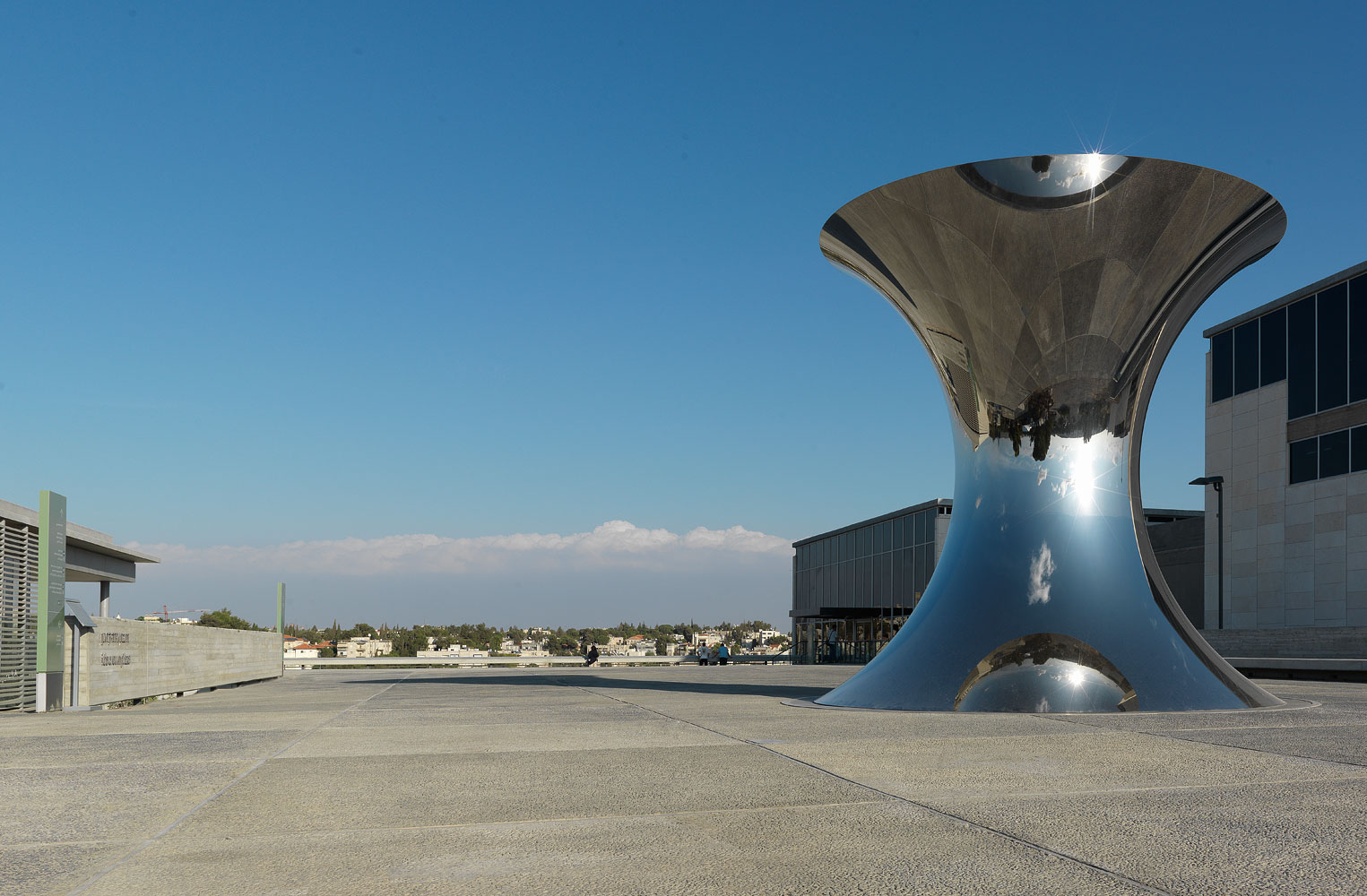This month, and again in January, hundreds of scientists in Antarctica will set up their instruments to mark the 100th anniversary of the first explorers to reach the South Pole. Most people will see the centenary as the end of a very romantic race between Roald Amundsen’s dog-sledding Norwegian and Robert Scott’s man-howling Brits. Yet they must celebrate those voyages and the competition involved for their role in launching Antarctic science.
The competition greatly outpaced early Antarctic research as it still advances modern science, but the competition did not begin with Amundsen and Scott’s 1911 race. It began a decade ago in a rivalry between Britain and Germany over the search for a continent for science.
A generation of scientists from both countries, led by Britain’s Royal Society and the Royal Geographic Society and the German geophysicist Georg von Neumayer, lobbied their governments for major science projects in the Antarctic.
In 1900, scientists from each country used the threat of the other nation that had gained in polar exploration to fund what they had planned as the first expeditions to winter in the Antarctic. Others proceeded with less ambitious undertakings, but expeditions aboard purpose-built research ships – Britain’s Discovery and Germany’s Gauss – heralded the heroic era of Antarctic exploration.
What was science looking for? In 1900, no one knew whether Antarctica was a continent or simply a polar ice cap on an archipelago of islands. Yet studies of deep ocean currents and high-altitude weather patterns suggested that the Antarctic controlled ocean circulation and influenced global climate.
Based on seabed deposits and the fossil record further north, some scientists argued that it must have had a continental landmass, previously warm enough to support higher plants and connected to other southern continents, by a land bridge. was serving as species movement.
Charles Darwin proposed the latter hypothesis because of the sudden appearance of Glossopteris plant imprints in the fossil record of Africa, South America and Australia.
Geophysicists sought reliable data on terrestrial magnetism for deep-southern latitudes and wanted to determine the exact location of the south magnetic pole at which the compass points – a slowly migrating region that, at that time, was south. It was located about 2,000 km north of geographic pole.
First stage
Under the command of geophysicist Erich von Drigalski, Gauss left Germany in the summer of 1901. It became trapped in pack ice off the little-known Antarctic coast south of the Indian Ocean and its scientists made only limited excursions.
He conducted oceanographic, magnetic, meteorological and wildlife research aboard the ship for nearly a year before running out of ice and heading home prematurely in February 1903.
Under Scott’s command, the Discovery Expedition also sailed south in 1901. The British team established its winter quarters on Ross Island, which is already known for a coastal mountain range, an active volcano, rich marine life and an ice shelf that some thought. Extends to the South Pole.
While researchers collected marine and geological samples, took continuous seismic, magnetic and meteorological readings, searched for fossils, discovered the first known emperor penguin rookery, measured the speed of glaciers and mapped the terrain and coastline, Scott The ship set for pole with Officer Ernest Shackleton and Surgeon Edward Wilson.
Although they fell far short of their goals due to poor planning and execution, they made a move south more than any previous party and turned the Pole Reach into a British obsession. Over the next decade, Shackleton and Scott returned to the region with two new expeditions – Shackleton’s Nimrod Expedition (1907–09) and Scott’s ill-fated Terra Nova Expedition (1910–13) – which included both a polar dash and scientific research. .
These British campaigns attracted international attention at a time when the British Empire ruled over a quarter of the world and sought to expand its reach.
Newspapers, magazines and book publishers vie for direct accounts by Scott and Shackleton. Manufacturers of products ranging from oatmeal and cigarettes to scientific equipment and motor cars offered their goods to explorers for free in exchange for a chance to defer their use in Antarctica.
Scientists lined up to serve, with Shackleton sacking distinguished geologist Edgeworth David as scientific director for his Nimrod expedition. With his former student Douglas Mawson and others, David climbed the southernmost active volcano and in January 1909 a human-heavy heavy sled more than 1,000 kilometers across a glacier and sea ice above the Antarctic Plateau to reach the South Magnetic Pole. climbed on.
